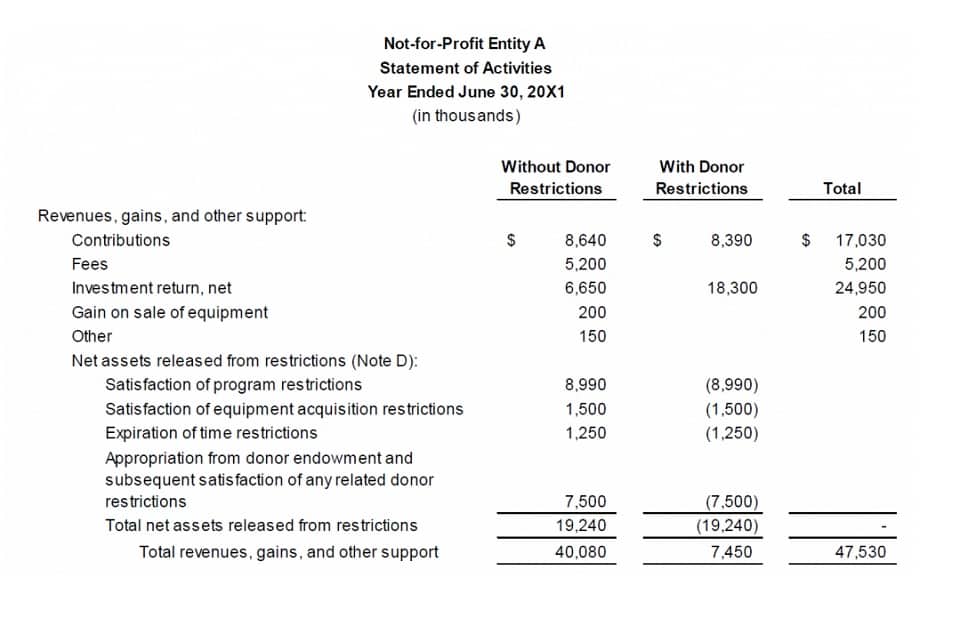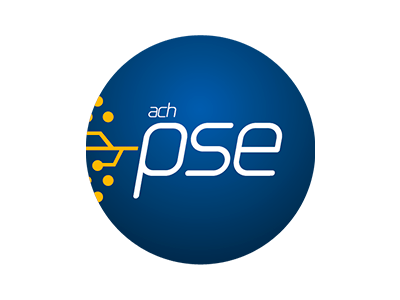

Electricians who charge a fixed price for their projects can use this template to invoice their clients. It offers a straightforward format for documenting work completed, total costs, and payment terms. It’s available in a printable, editable format to facilitate easy customization and professional invoicing for both digital and paper-based record-keeping. Businesses in the construction industry also need to be aware of ASC 606.
Prepare a Detailed Invoice
- Unlike standard business accounting, construction accounting involves unique challenges such as job costing, progress billing, change order management, and revenue recognition.
- FreshBooks contractor accounting software programs strike the ideal balance between ease of use and functionality.
- This will help ensure you comply with all labor laws and avoid penalties for non-compliance.
- It is usually between 5-10%, but this percentage can vary depending on the project, country, or state.
- Offering a discount on early payments can be an effective way to incentivize GCs to pay you faster.
- Available in digital and printable formats, it supports both on-the-go invoicing and professional documentation for clients.
“We love the ability to work WITH our subs on our project management software instead https://www.bookstime.com/ of it being an in-house only product. There are a LOT of working points and a lot of tiny steps that are required to make certain workflows function properly. Once you get the hang of it, it’s a breeze, but getting there can be tough.” – Emily W. If you run your own construction company, you already know how much time and focus the job takes. Often, bookkeeping and accounting become an added stress, leaving you less time to run the business and raising the risk of mistakes with your accounts.
Submit payment applications on time.
If the project comes in under the estimated price range, contractors may wonder if they would have made more if it were a fixed-price contract. AIA form G702 is also titled “Application and Certificate for Payment” shorted to just application in most cases. The AIA application is a standard form that allows the builder to request payment for work completed on their project. Technically, it’s not an invoice but an application detailing the amount you’d like to invoice.
What is the formula for construction accounting?
The structured layout is designed for clarity and helps ensure organized invoicing. The template also simplifies payment tracking and supports accurate financial documentation throughout every project stage. This template is perfect for contractors who charge a fixed price for an entire project rather than billing hourly or by materials used. It offers a clear, easy-to-navigate layout for documenting key project details, payment terms, and total costs. It’s available in digital and printable formats, making it versatile and convenient for any work environment. Construction billing is the process of invoicing clients or customers for work done on a construction project.
This can be a complex and time-consuming task if your payroll software isn’t up to the task. Unlike standard accounting, construction accounting has several different ways to recognize revenue. Construction accounting is a specialized form of accounting that helps contractors track, manage and report their financial data more accurately than standard accounting. Standard accounting is great for many businesses, but most construction firms need something more robust. By understanding these construction accounting basics and implementing best practices, you can better manage your construction business’s finances, ensure compliance, and drive profitability.


This revenue recognition standard affects businesses that enter into contracts with customers. These standards help companies report and track their income from construction projects. Construction accounting isn’t just about crunching numbers—it’s about ensuring the financial health of every project and the entire business.
An accrual method will recognize an expense when it’s incurred and revenue when it’s earned, even if cash hasn’t come in or out yet. In other words, it tracks how money “accrues,” or accumulates, in holding before it moves as cash. However, contractors now must consider guidance from the ASC 606 revenue recognition standards with their construction CPA. It tracks these not only to each job but also within each group of job activities and each type of cost.


What is the best way to handle payment disputes in construction billing?
- In this blog, we’ll dive into what makes construction accounting unique and the information contractors need to track to attain long-term success.
- However, with the right knowledge, systems, and tools, it’s manageable for businesses of all sizes.
- This method involves charging clients for each unit of work completed, such as per square foot or item.
- Whether you’re a contractor, accountant, or construction firm owner, understanding construction accounting is essential for long-term profitability and compliance.
- Just last year, only 8% of contractors said that their customers consistently paid them on time.
- This template is ideal for roofing contractors who charge a fixed price for projects and need to simplify their invoicing process.
This allows construction managers and contractors to see how much is spent construction billing on each scope and the entire project. Job costing also allows contractors to easily adjust projects when necessary. This helps them better understand business cash flow and make changes to maximize the profitability of a particular job. Construction accounting is a specialized branch of financial management tailored to the construction industry. It involves tracking and analyzing costs, managing project budgets, monitoring cash flow, and ensuring compliance with industry-specific regulations. Unlike traditional accounting methods, accounting for construction focuses on project-based financial management, often dealing with long-term contracts and variable costs.


This template is perfect for contractors who need to invoice for retained funds held until project completion. It provides a breakdown of original contract amounts, retainage percentages, and final payments. Available in printable and digital formats, it ensures accurate tracking of withheld payments and smooth financial reconciliation at project closeout. This template is ideal for contractors who need to itemize project costs by phase or line item. Use the schedule of values to break down the total contract amount into detailed cost components — this allows users to track progress payments and Certified Public Accountant budget allocations. Available in digital and printable formats, it offers flexibility for various invoicing needs.



